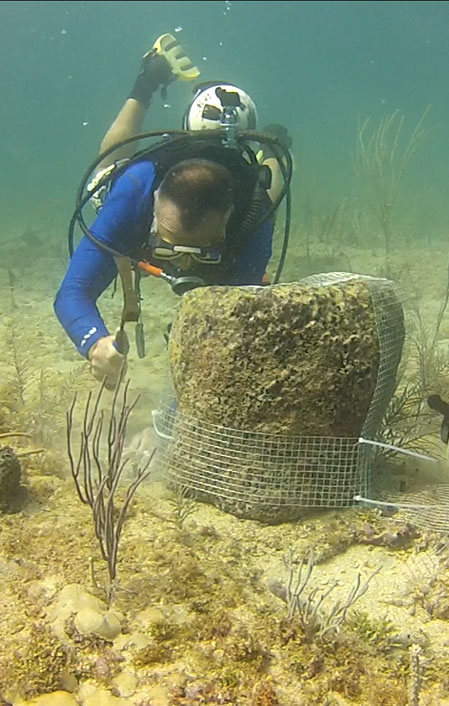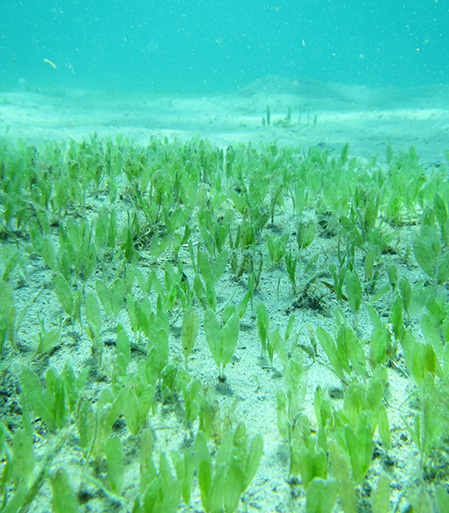CSA Ocean Sciences Inc. provides professional, experienced services to assess, enhance, rehabilitate, and monitor marine habitats damaged and/or at risk from proposed actions, accidents, and natural events. CSA services specific to natural resource damages take a tiered management approach, knowing that techniques are not universally appropriate and need to be evaluated specific to the site and resources.

The initial phase is assessment to provide resource baseline conditions and to identify environmental consequences early in the project planning and design process to facilitate preventing, minimizing, and mitigating adverse impacts. Once the resources and habitat(s) have been assessed, proper application of mitigation and restoration techniques will be used to minimize impacts and the recovery time of the habitat.
CSA has applied this natural resource damage management approach on hundreds of programs, typically in connection with environmental permitting, marine construction, legal settlement claims, dredging projects, habitat reclamation, and vessel grounding events. The potential for an environmental sensitive habitat within a project footprint would warrant natural resource damage management. For example, numerous nearshore development projects have the potential for impacting reef-associated biota, including hard corals; to mitigate for potential impacts, selected biota are relocated prior to construction. CSA has successfully relocated more than 100,000 biological specimens (primarily hard corals) during the conduct of over 50 programs associated with mitigation and restoration for marine construction, pipeline placement, harbor dredging projects, and shipping accidents (e.g., groundings). Independent monitoring of CSA coral reattachment programs by United States National Oceanographic and Atmospheric Administration (NOAA), National Coral Reef Institute (NCRI), and Florida Marine Research Institute (FMRI) indicate an over 97% success rate for reattached corals.
Structural and Biological Enhancement
The two functional aspects of natural resource mitigation and restoration are structural and biological enhancement. Structural enhancement addresses the topographic complexity and stability often through substrate augmentation, including the deployment of artificial structures. The fundamental aim of structural enhancement is to mimic baseline conditions, prevent impedance to natural recovery, and subsequently restore associated biological assemblages. CSA has applied structural enhancement techniques to various hard bottom habitats, oyster reefs, and vegetated soft substrates. To address biological enhancement, CSA has developed and field-tested new methods for reattaching and transplanting hard corals, soft corals, sponges, and seagrass as a means of minimizing impacts and accelerating habitat recovery.


Natural Resource Damage Assessment (NRDA)
Findings of these sampling efforts can be incorporated into a Habitat Equivalency Analysis (HEA). An HEA, which determines appropriate compensation for lost ecological services, is a method commonly used to value injuries to natural resources resulting from human-induced incidents (e.g., marine construction projects). CSA has experience conducting HEAs and scaling input variables (e.g., habitat recovery time) as well as evaluating the cost basis for compensatory measures.

